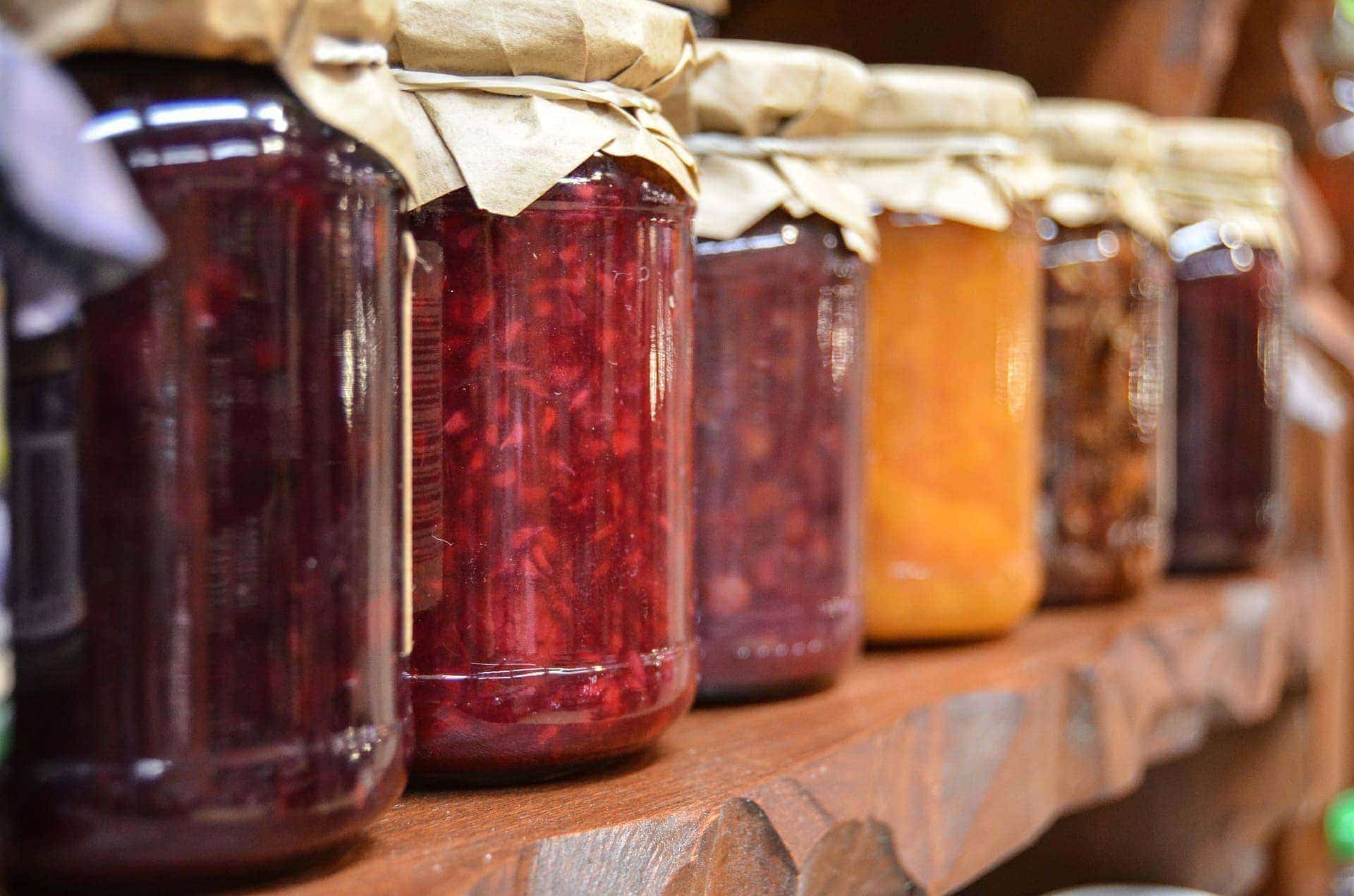
Innovation aims to find new ways of doing, experimenting and surprising
When she was little, Patricia Fernández Häring wanted to be a witch, but she ended up becoming a rather unusual architect who makes eatable architecture by commission. This altogether unusual way of approaching architecture means that Patricia thinks of foodstuffs almost as if they were building materials.
07 of January of 2016
Her latest work was carried out with the collaboration of 65 novice chefs at the headquarters of Ferrovial’s corporate university, Summa, at El Escorial. A Team Cooking activity, in which participants from Ferrovial’s innovation community were able to experience the most innovative of cooking techniques.
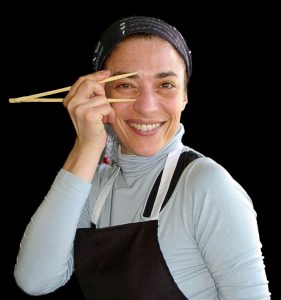
Interview with Patricia Fernández Häring
- How did you get the idea of combining architecture and cuisine?
With the arrival of the building sector crisis, and despite having worked for many years as an architect, I had to make a decision to reinvent myself or die. And as dying didn´t even seem like an option, I set to thinking about what other channels, linked or not to architecture, were open to me. Which was when I met Alicia Ríos and Bárbara Ortiz, the founders of Ali&Cia, and I started to work with them and formulate “urbanofagias”. Eatable architectural works involving buildings and urban areas. And that’s how I combined architecture with cuisine, my two great passions.
- Reinvent yourself or die. Isn’t that what innovation is all about?
Not exactly, but it does depend hugely on what leads you to the world of innovation. If it is a concern for seeking out new and different things, then it isn’t necessarily a case of reinvention; you can innovate in your daily work and speciality. If it is out of necessity, then reinvention is the best way of moving forward and growing alongside it. You only have to open your eyes wide open and be willing to experience new and exciting things, to be willing to INNOVATE AND SURPRISE.
- One might say that innovation comes about through a combination of the talent and passion of people who are capable of having an idea and putting it into action. One of the mottos of the Ferrovial innovation community is that each person sets his/her own limitations. In your professional career, what obstacles, myths or clichés have you had to overcome or break down?
I have learnt that you set the limitations on life that you want to, and that you should not let life set limitations on you. Face up to adverse situations and issues, manage to get the best out of yourself, and the solutions to your problems will appear before your eyes.
Often we don’t recognise the abilities and qualities we possess, especially when we’re facing problems or situations that are new to us.
When you aren’t doing “ARCHITECTURE IN CAPITAL LETTERS” it seems like you’re less of an architect, a second-rate architect, but the fact is that ARCHITECTURE AND ARCHITECTS are lucky enough to be able to exercise our profession in a wide range of spheres, and it’s all ARCHITECTURE.
- What helped you see there was an alternative to traditional architecture?
As the saying goes, “when life gives you lemons, make lemonade”, and what with the recession, which affected a lot of architects and traditional architecture, I was reminded that architecture and creativity are not made solely of bricks, and that I could approach that wonderful world from a different perspective, in a different light, incorporating architecture into my life with all five senses. Architecture is not just seen, it is touched, smelt, tasted and heard.
- The Innovation Community Summit in which you recently participated is held with the aim of Ferrovial’s innovation leaders finding in the community the energy and support to overcome the hurdles and obstacles they have to face when it comes to launching a project. Where do you get your energy from, Patricia?
I get my energy from being lucky enough to do the things that I love, working with teams of people whom I manage to infuse with my “positive energy and passion. It is very important to infuse passion and positive feelings. It is very important to make your team a team, and for it to be an “accomplice” in your passions.
If you believe in what you do, energy will come to you of its own accord.
- Many great chefs focus their work on innovation and creativity. What parallels have you found between innovation technology and innovation in cooking?
Whatever the field, innovation aims to find new ways of doing, experimenting, surprising.
Innovation and creativity are based on applying knowledge, ideas, and solutions, beyond what is merely academic. New solutions that combine different elements, jumping from one discipline to another, learning from each other.
- What advice would you give to people who have an idea but don’t dare put it into action?
To not be scared of getting it wrong. To let the idea excite them and to pass on their excitement to others. To feel passionate about it and to fight to achieve everything they feel like.
We set our own limitations and also our own goals.
If you don’t take risks you’re “not alive”, and we should all live our lives taking risks. We shouldn’t be afraid of falling, as we can always get up again and learn from our fall.
We all have the sufficient ability to turn a NOTION into a GREAT IDEA and all we have to do is BELIEVE IN IT and carry it out WITH GREAT PASSION AND DEDICATION.

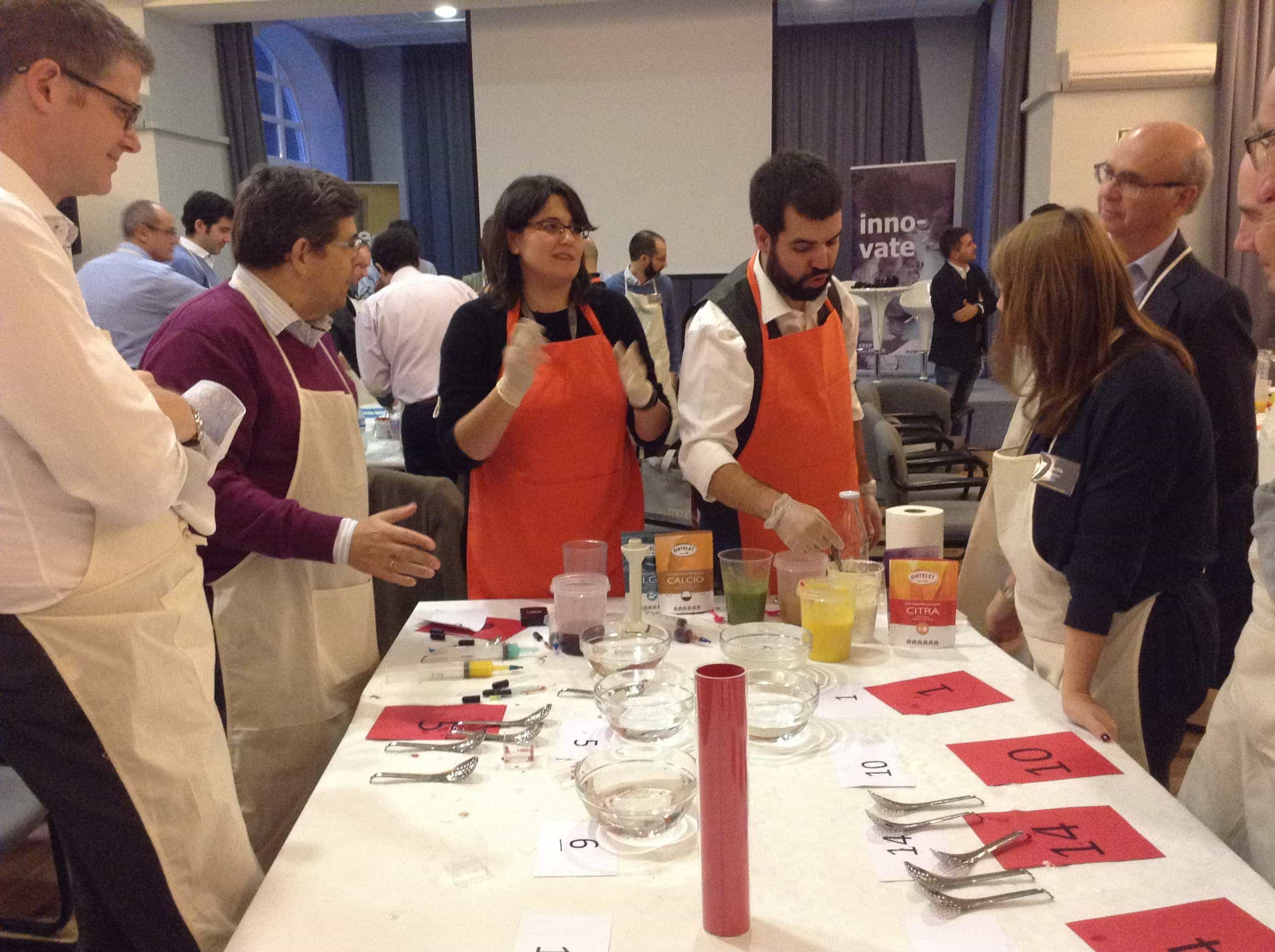
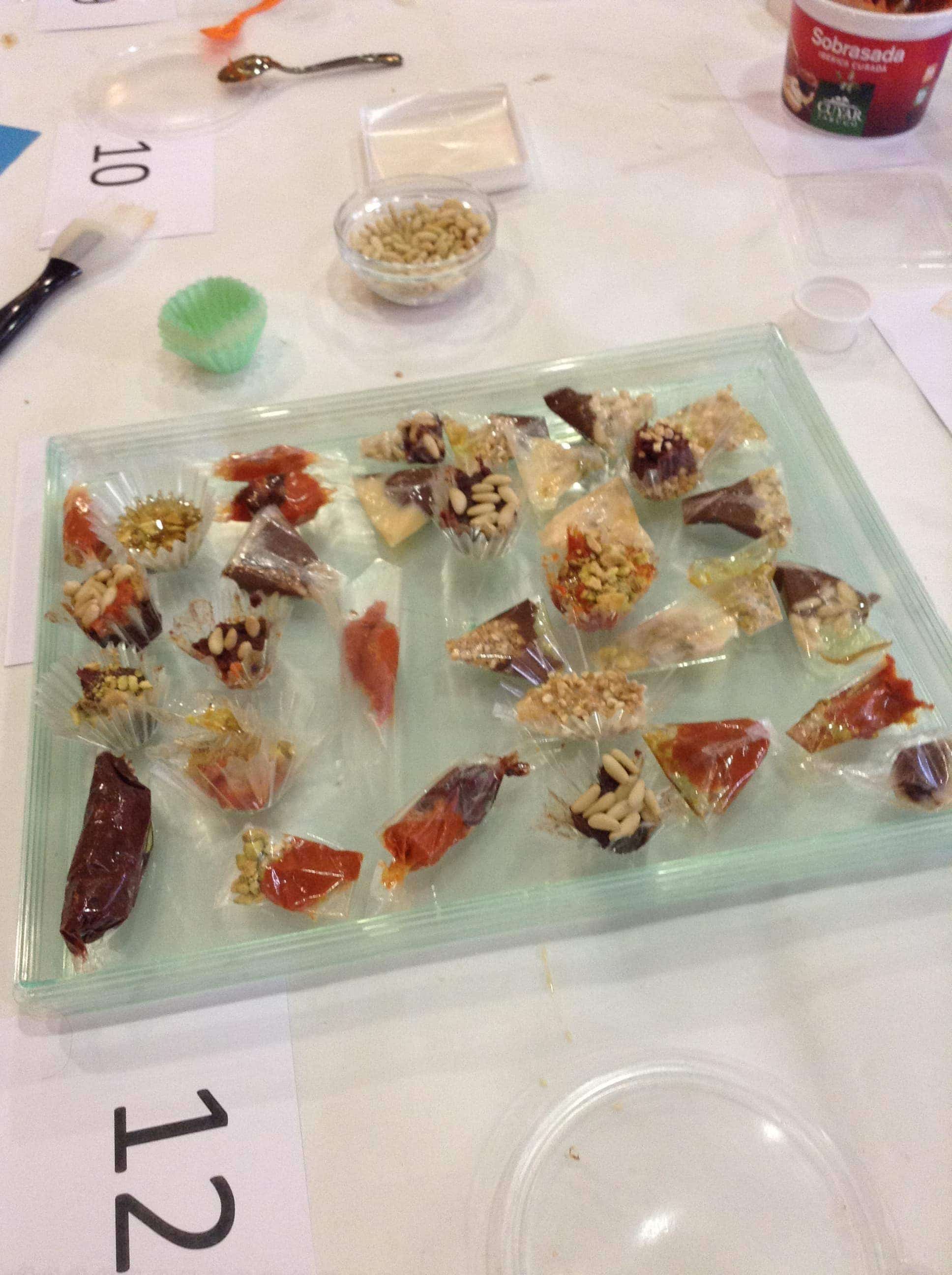
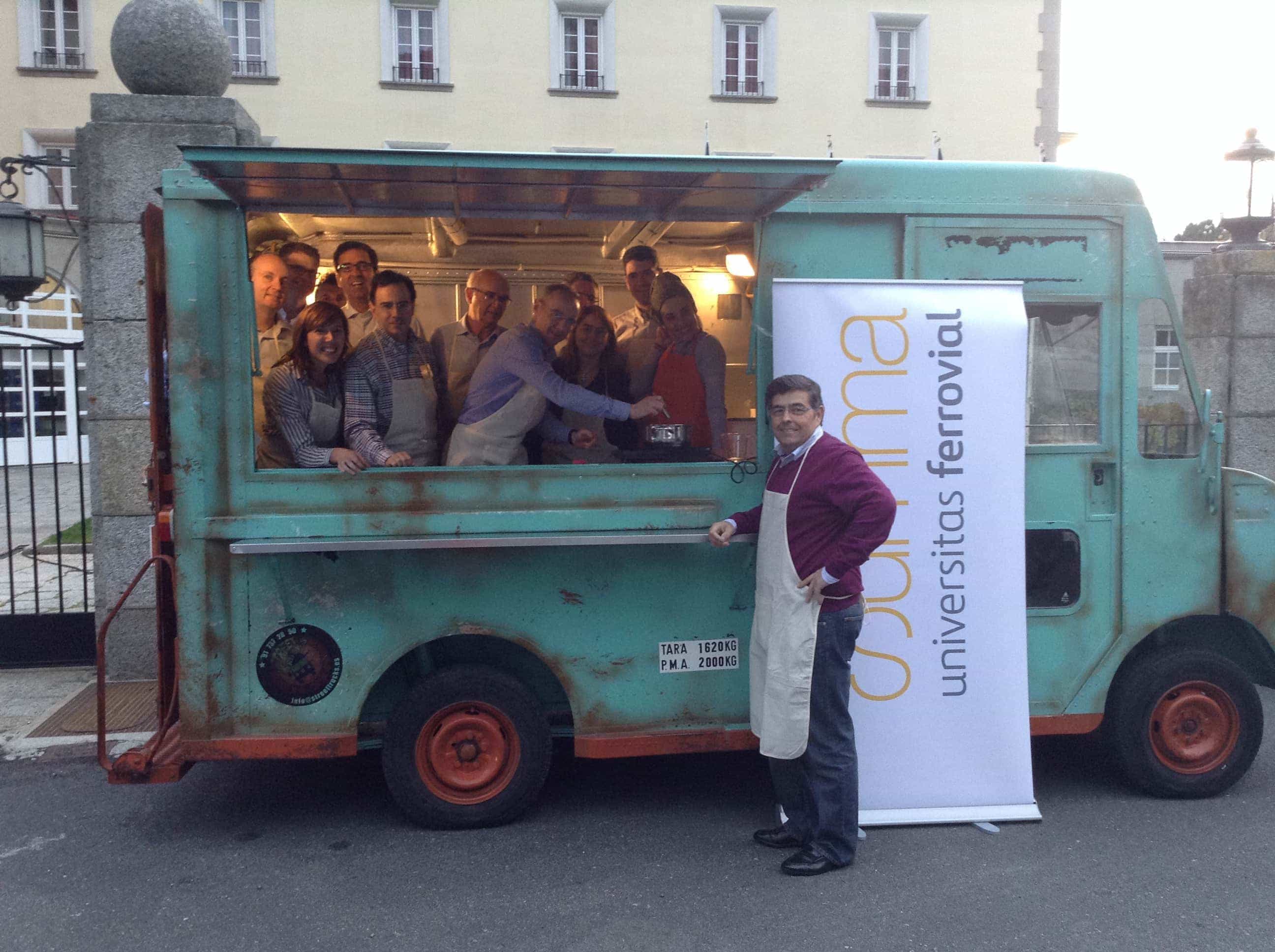




1 comment
Iqra Technology
16 of August of 2024
"Patricia Fernández Häring’s innovative fusion of architecture and cuisine is truly inspiring. Her ability to reinvent herself and approach architecture through the lens of edible art showcases the limitless potential of creativity. Her journey illustrates that innovation is not just about finding new solutions but also about daring to explore new intersections of passion and profession. The parallels she draws between innovation in technology and cooking emphasize that creativity transcends disciplines and thrives on experimentation and risk-taking. Her advice to embrace failure as a learning opportunity and to pursue ideas with passion is both motivating and practical. Patricia’s work is a brilliant testament to how thinking outside the box can lead to groundbreaking and transformative results. Kudos to her for turning challenges into opportunities and for continuing to inspire others to innovate with courage and enthusiasm!" https://iqratechnology.com/